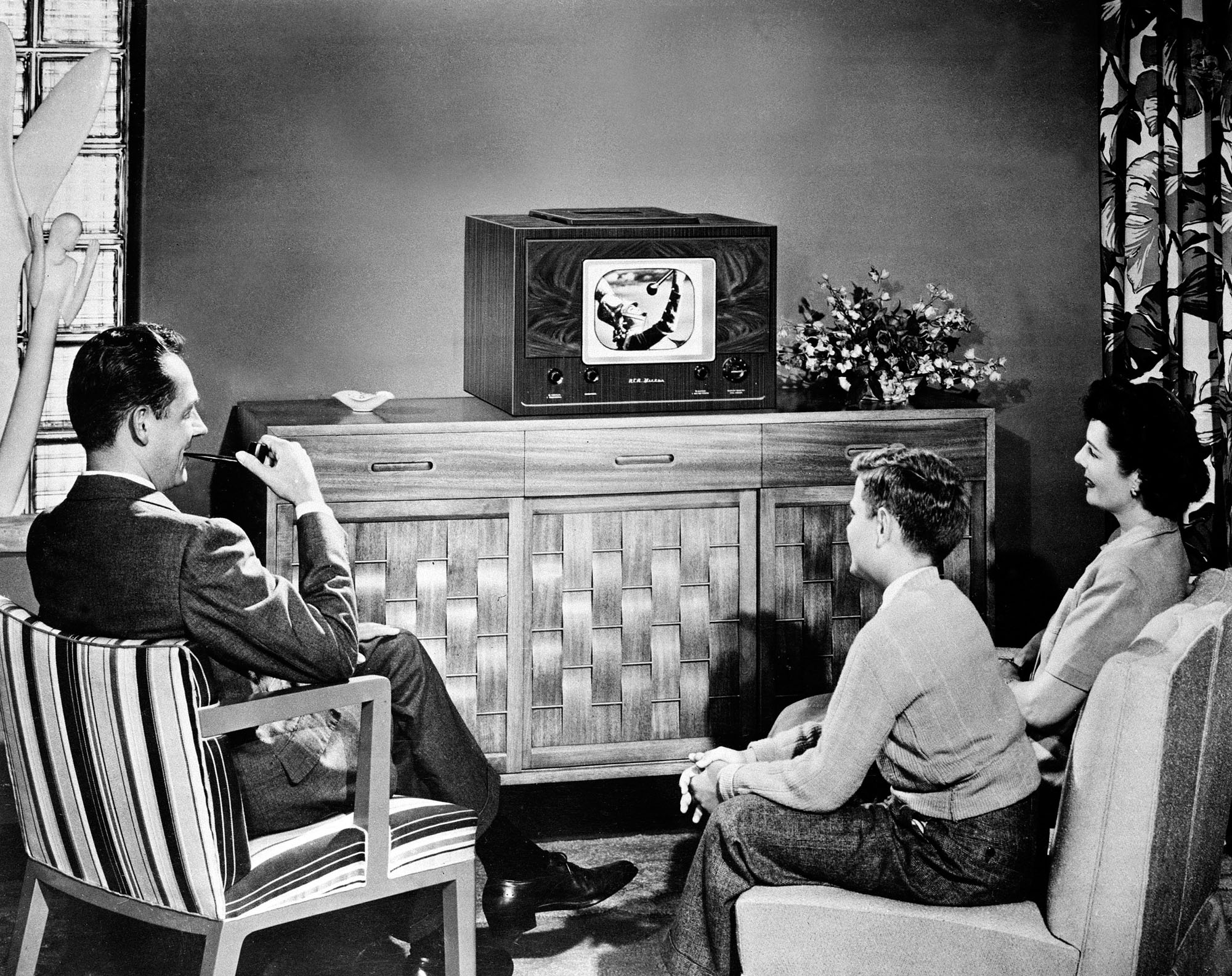Like most people my age — 51 — my childhood was in black and white. That's because my memory of childhood is in black and white, and that's because television in the 1960s (and most photography) was black and white. All the TV programs I watched were black and white, and their images form the monochrome memories of my early years.
That's one of the extraordinary aspects of television — its ability to trump reality. If seeing is believing, then there's always a troubling doubt until you've seen it on television. A mass medium delivered to almost every household, it's the communal confirmation of experience.
On Sept. 30 it will be 84 years since the world's first-ever television transmission. In "Armchair Nation," his new social history of TV, Joe Moran, professor of English and cultural history at Liverpool John Moores University, recounts the events of that momentous day. A comedian from Yorkshire named Sydney Howard performed a comic monologue and someone called Lulu Stanley sang "He's tall, and dark, and handsome" in what was perhaps the earliest progenitor of the kind of televised singing contests we have now.


















With your current subscription plan you can comment on stories. However, before writing your first comment, please create a display name in the Profile section of your subscriber account page.